first sundew from lowes, what do I do?
bob123how
17 years ago
Related Stories
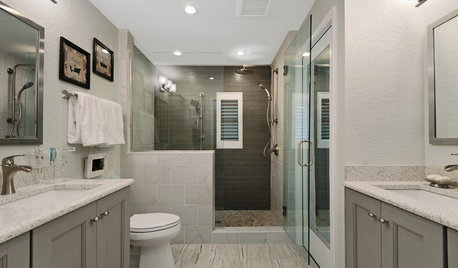
INSIDE HOUZZSee a Couple’s New Spa-Like Bathroom From Lowe’s and Houzz
The sweepstake winners’ master bathroom gets a makeover with a new shower, tile and storage space
Full Story
PRODUCT PICKSGuest Picks: 20 Decor Pieces for That First Home Away From Home
Gather ideas now for a comfy and stylish dorm room in the fall — or try these finds in a new grad's first solo digs
Full Story
FEEL-GOOD HOME12 Very Useful Things I've Learned From Designers
These simple ideas can make life at home more efficient and enjoyable
Full Story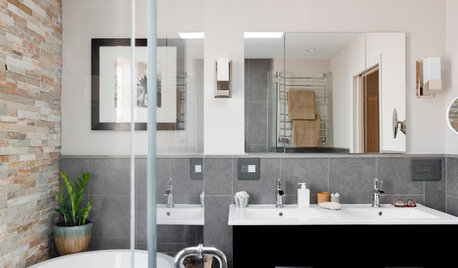
INSIDE HOUZZHouzz Prizewinners Take a Bathroom and a Laundry From Dated to Dreamy
Janine Thomson enters a Houzz sweepstakes and wins a $50,000 design package from Lowe’s. See the ‘before’ and ‘after’ photos
Full Story
ENTRYWAYS8 Low-Cost Ways to Personalize a Front Entrance
Make a fantastic first impression with color, plants and other design-minded details for your entryway
Full Story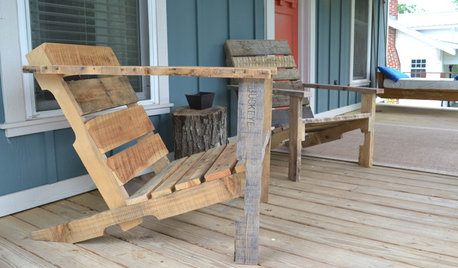
WOODWORKINGBuild Your Own Wooden Deck Chair From a Pallet — for $10!
Take the ecofriendly high road with a low-cost outdoor chair you make yourself
Full Story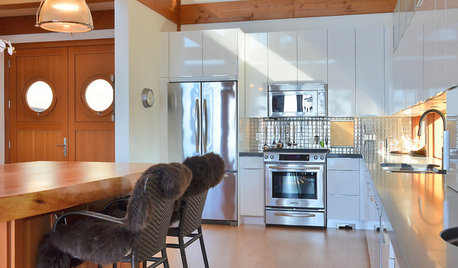
REMODELING GUIDES6 Must-Know Lessons From a Serial Renovator
Get your remodel right the first time, with this insight from an architect who's been there too many times to count
Full Story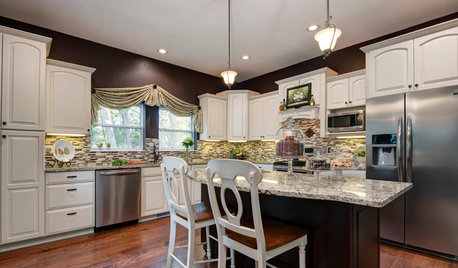
INSIDE HOUZZSee the Results: The Houzz/Lowe’s Dream Kitchen Sweepstakes
An interior designer and products from Lowe’s help this homeowner fulfill a kitchen dream
Full Story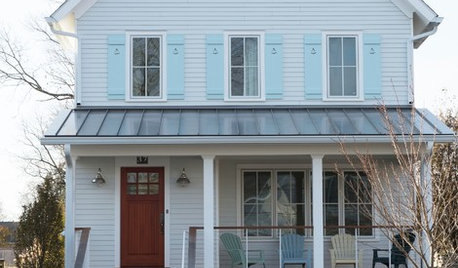
DISASTER PREP & RECOVERYHouzz Tour: Modern Farmhouse Emerges From Hurricane Sandy Devastation
A homeowner loses her cottage but gains a new energy-efficient, low-maintenance home
Full Story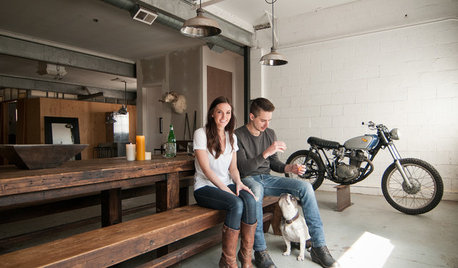
INDUSTRIAL STYLEMy Houzz: From Raw Space to Hip Home in a Converted Utah Garage
Creative repurposing with an industrial edge defines the first home of an engaged couple in Salt Lake City
Full Story





bob123howOriginal Author
jonocross
Related Professionals
New Mexico Landscape Architects & Landscape Designers · Simi Valley Landscape Architects & Landscape Designers · Willowick Landscape Architects & Landscape Designers · Buford Landscape Contractors · Pelham Landscape Contractors · Miller Place Landscape Contractors · North Canton Landscape Contractors · Paterson Landscape Contractors · Ponte Vedra Beach Landscape Contractors · Wickliffe Landscape Contractors · Shafter Landscape Contractors · Englewood Swimming Pool Builders · Glenn Heights Swimming Pool Builders · Lake Forest Swimming Pool Builders · Pflugerville Swimming Pool Buildersbob123howOriginal Author
jonocross
petiolaris
mutant_hybrid
bob123howOriginal Author
mutant_hybrid
tommyr_gw Zone 6
petiolaris
bob123howOriginal Author
mutant_hybrid